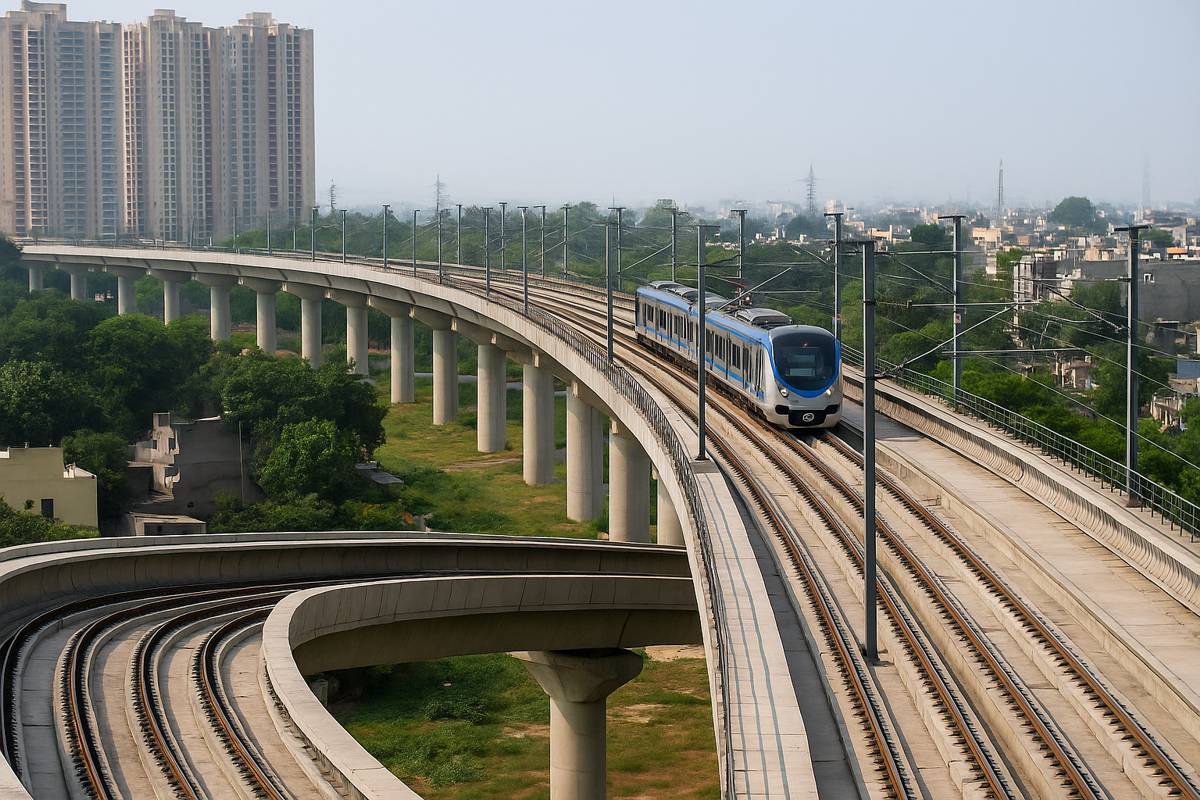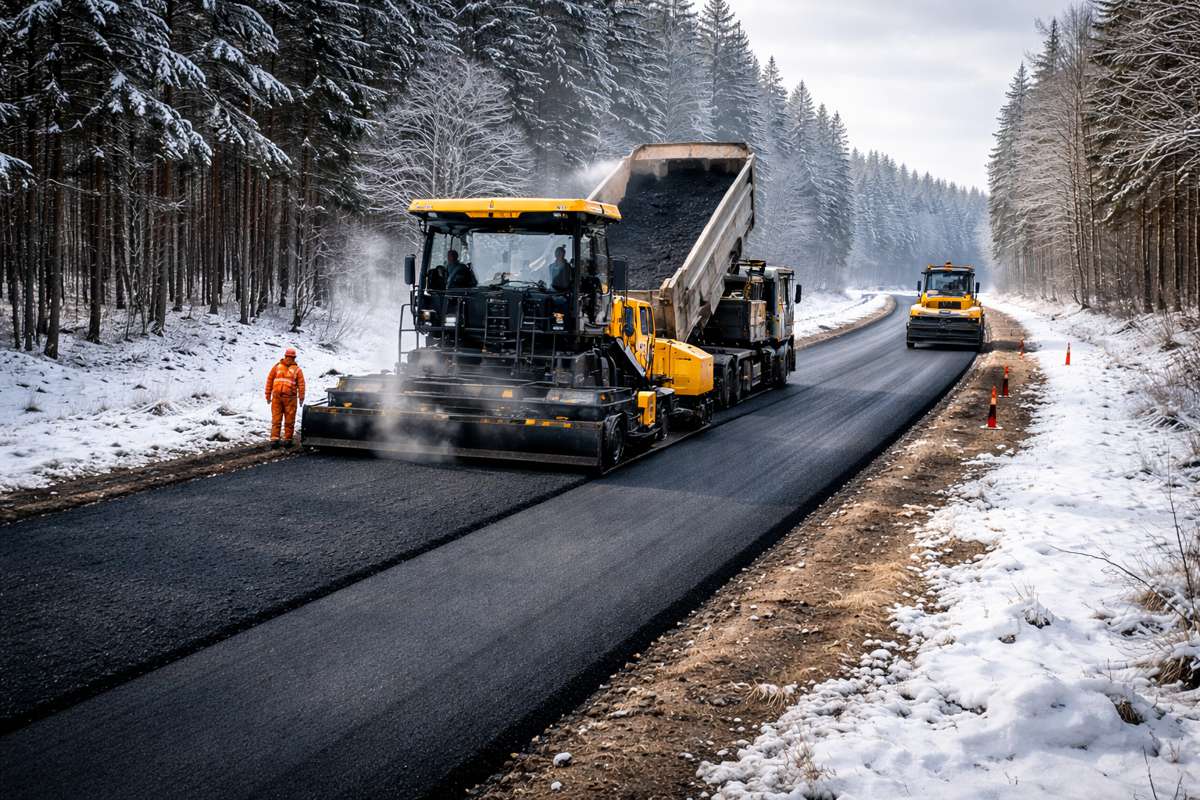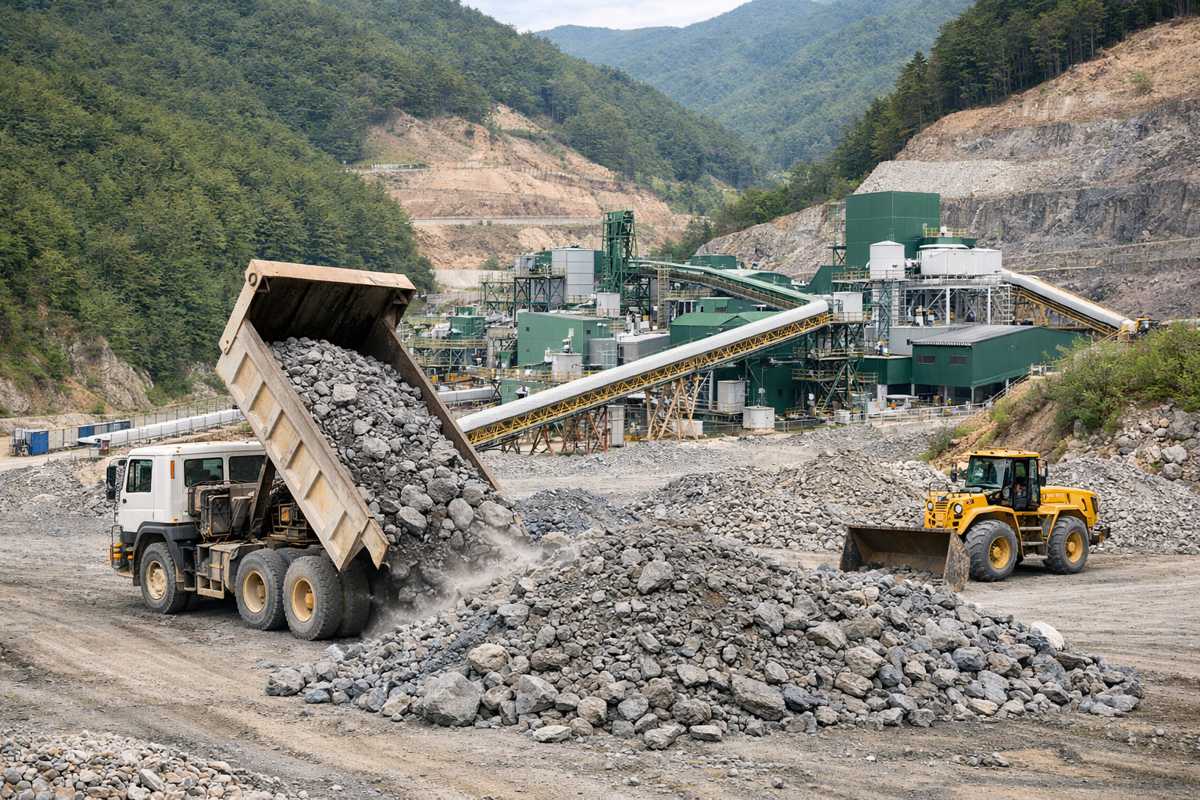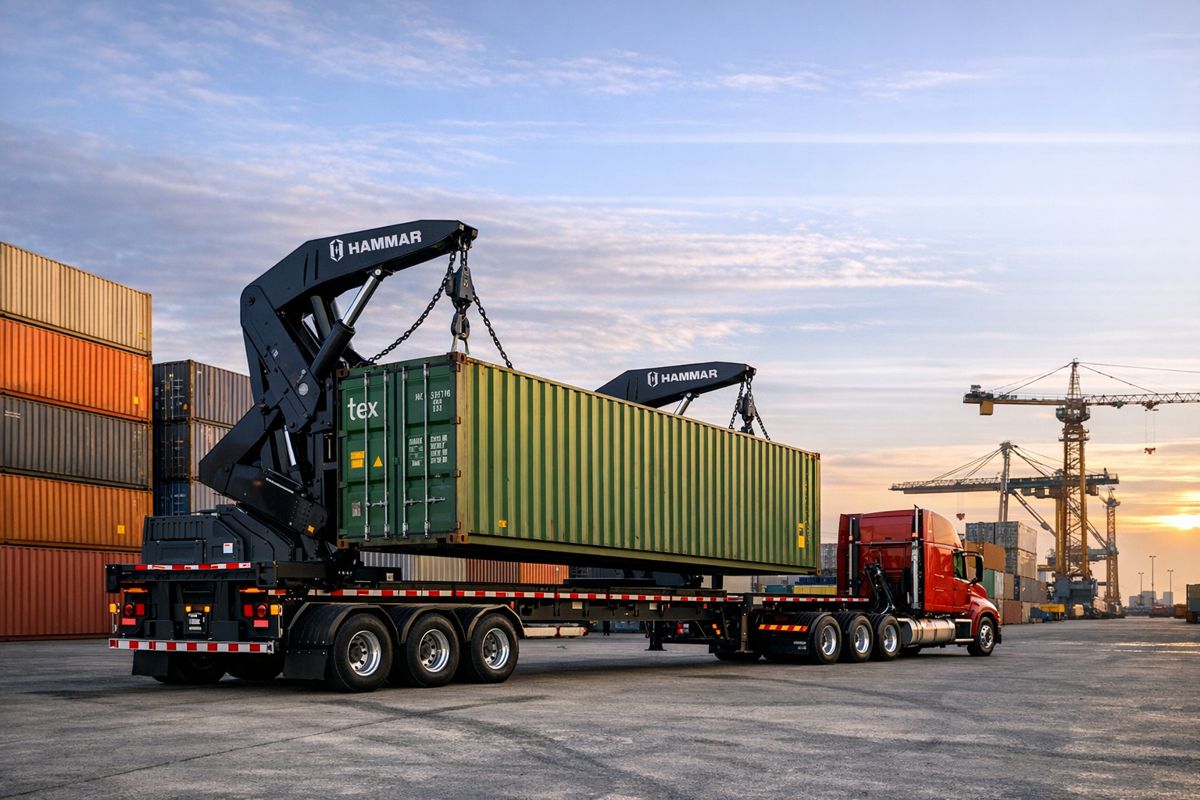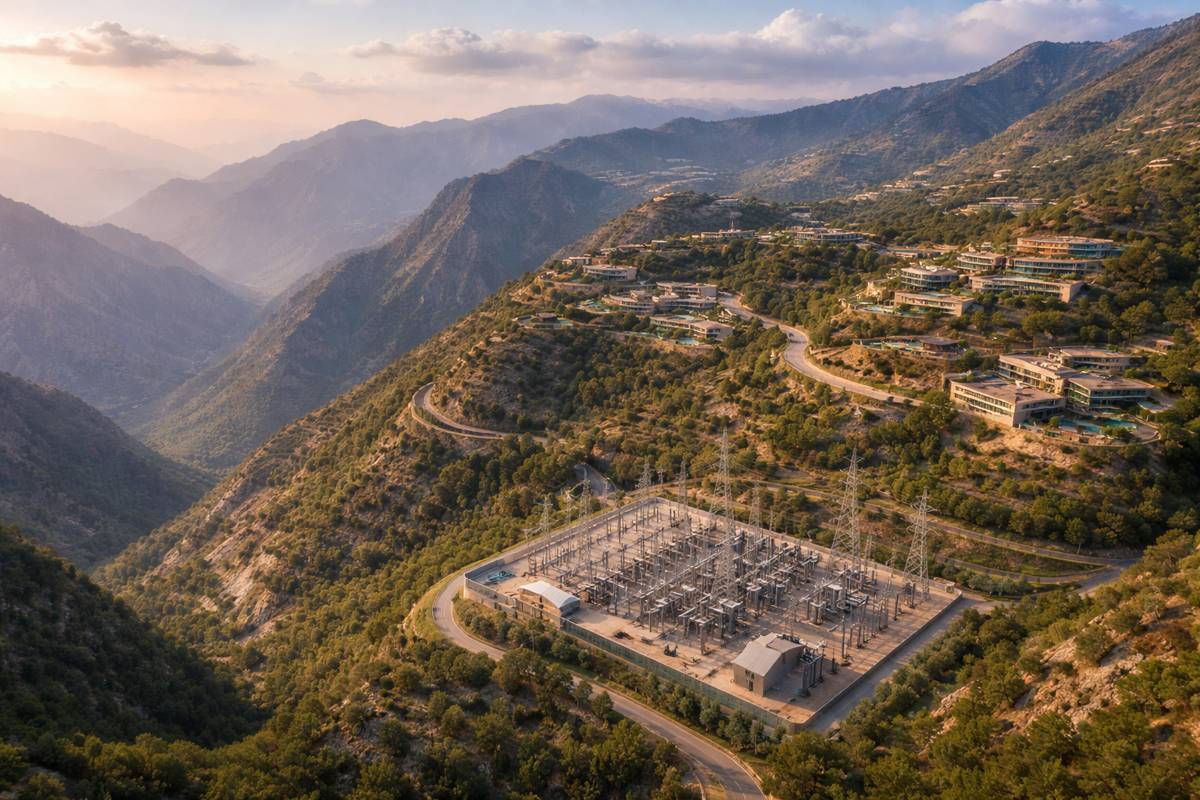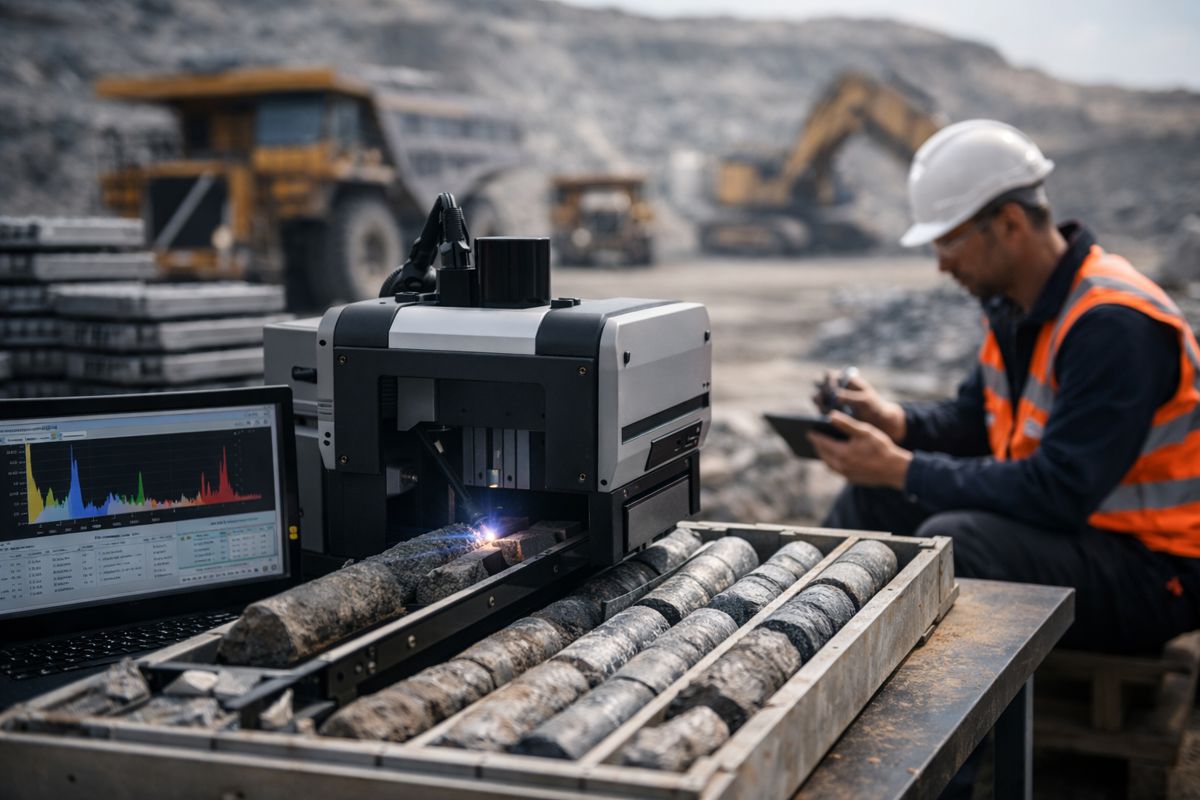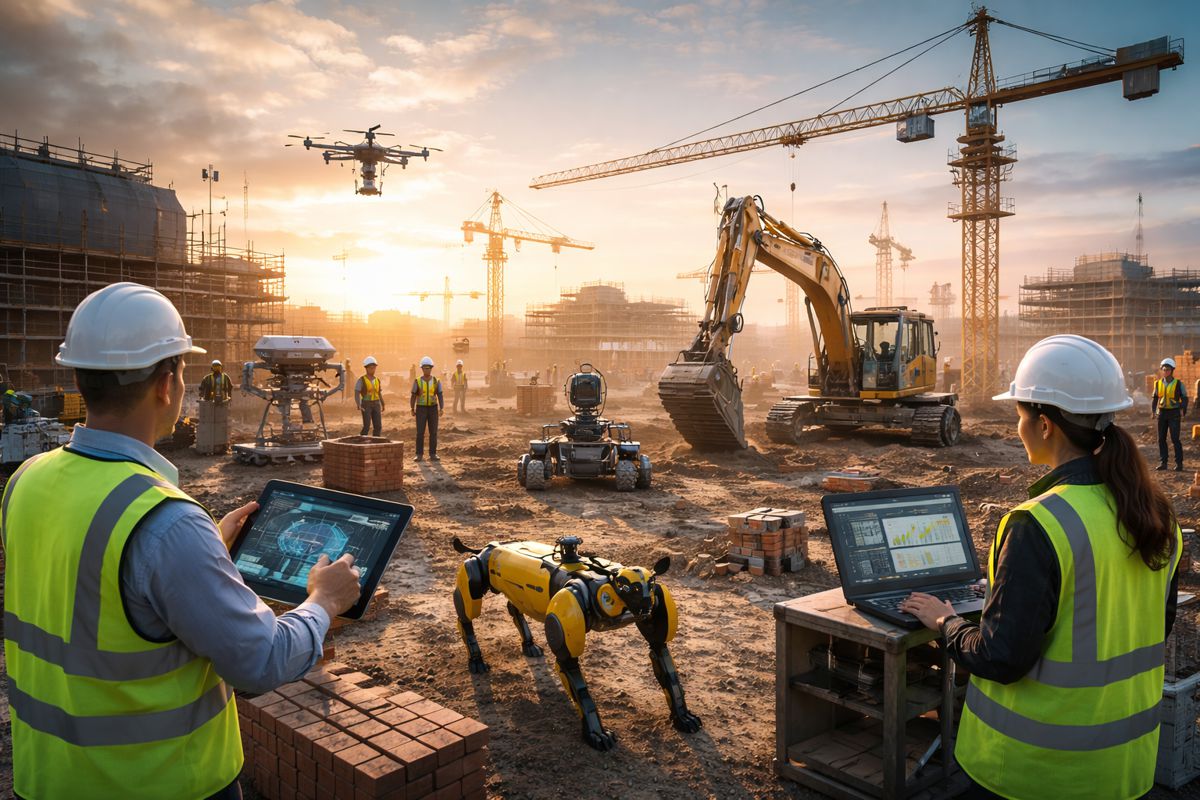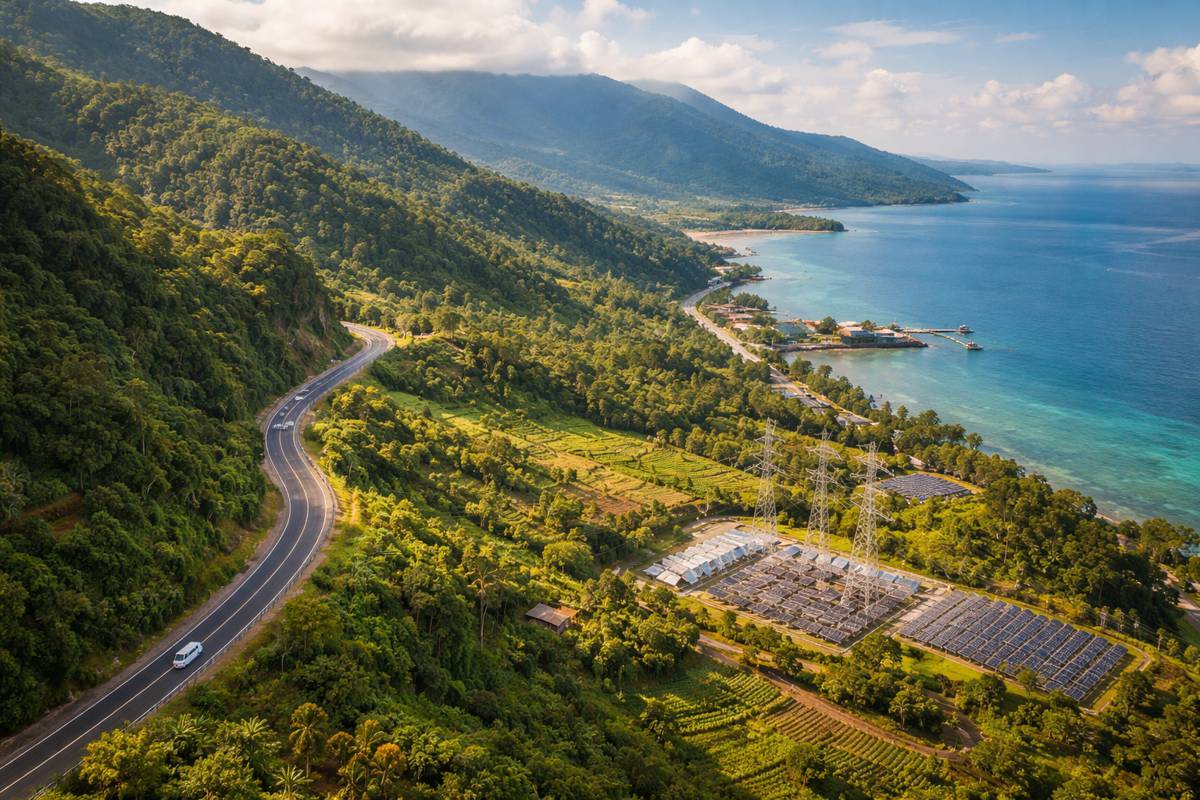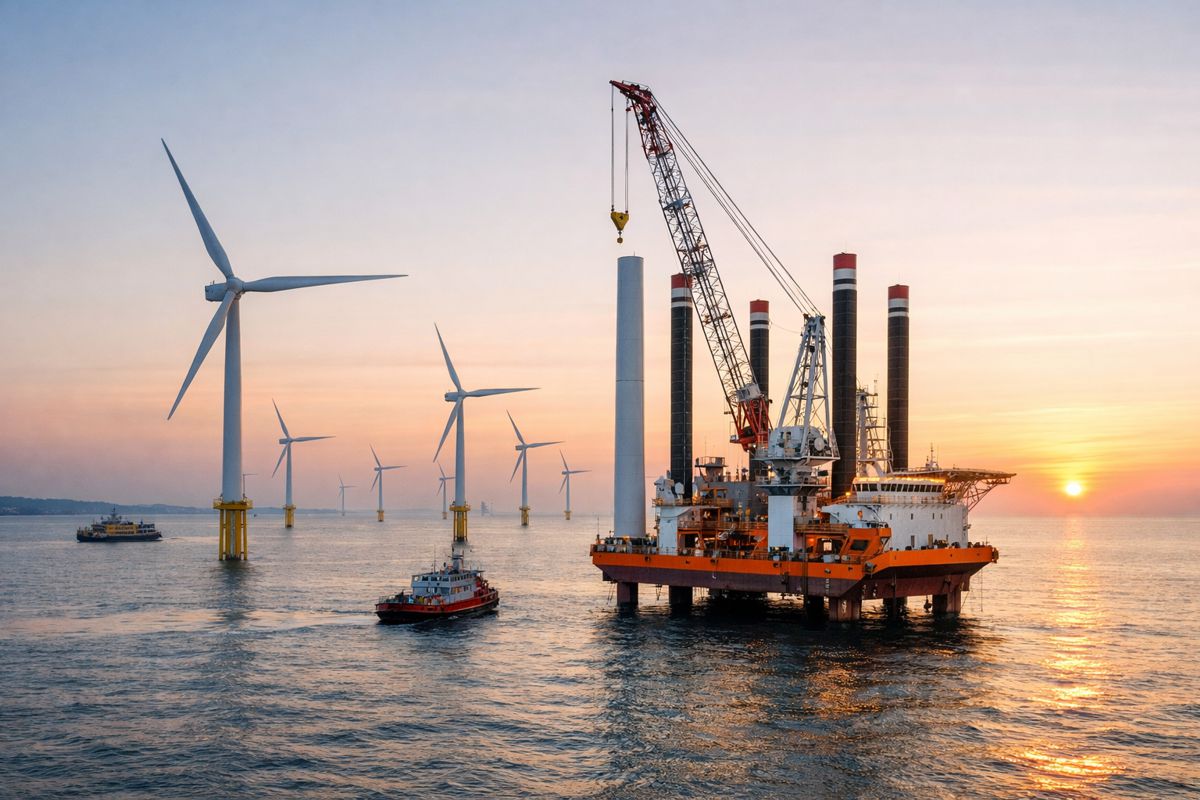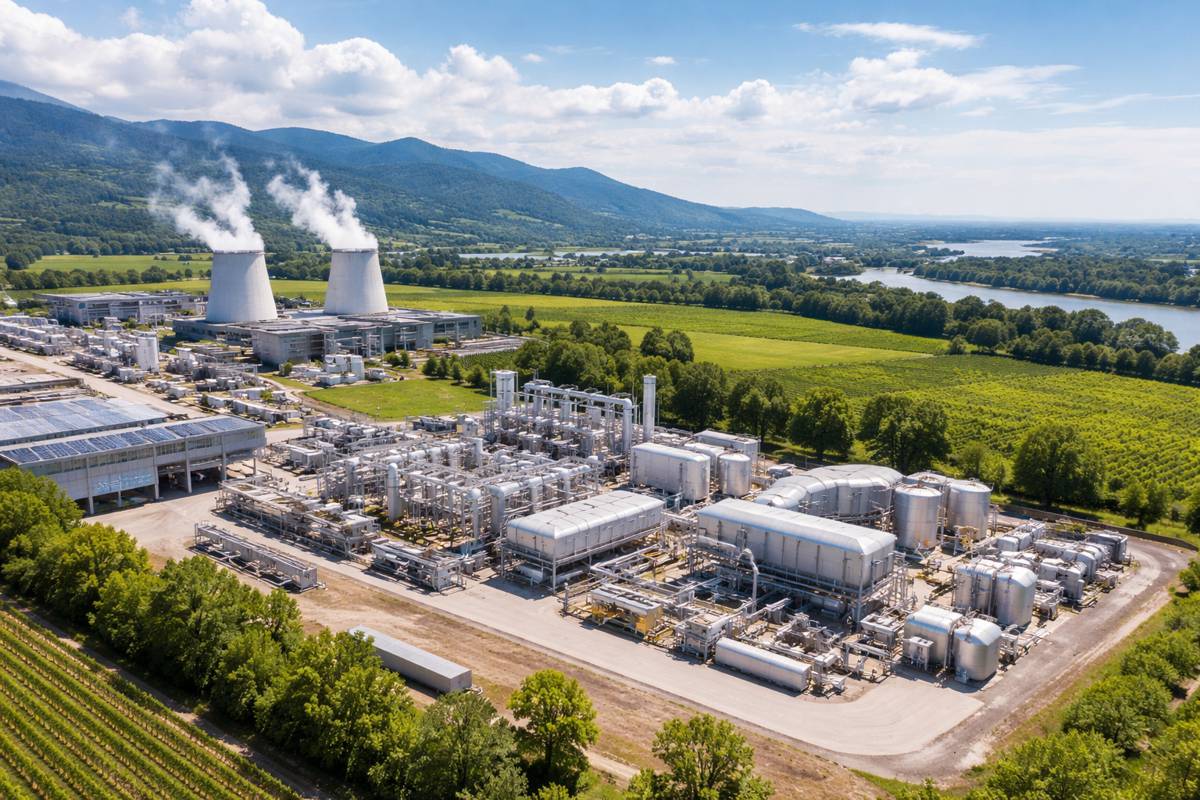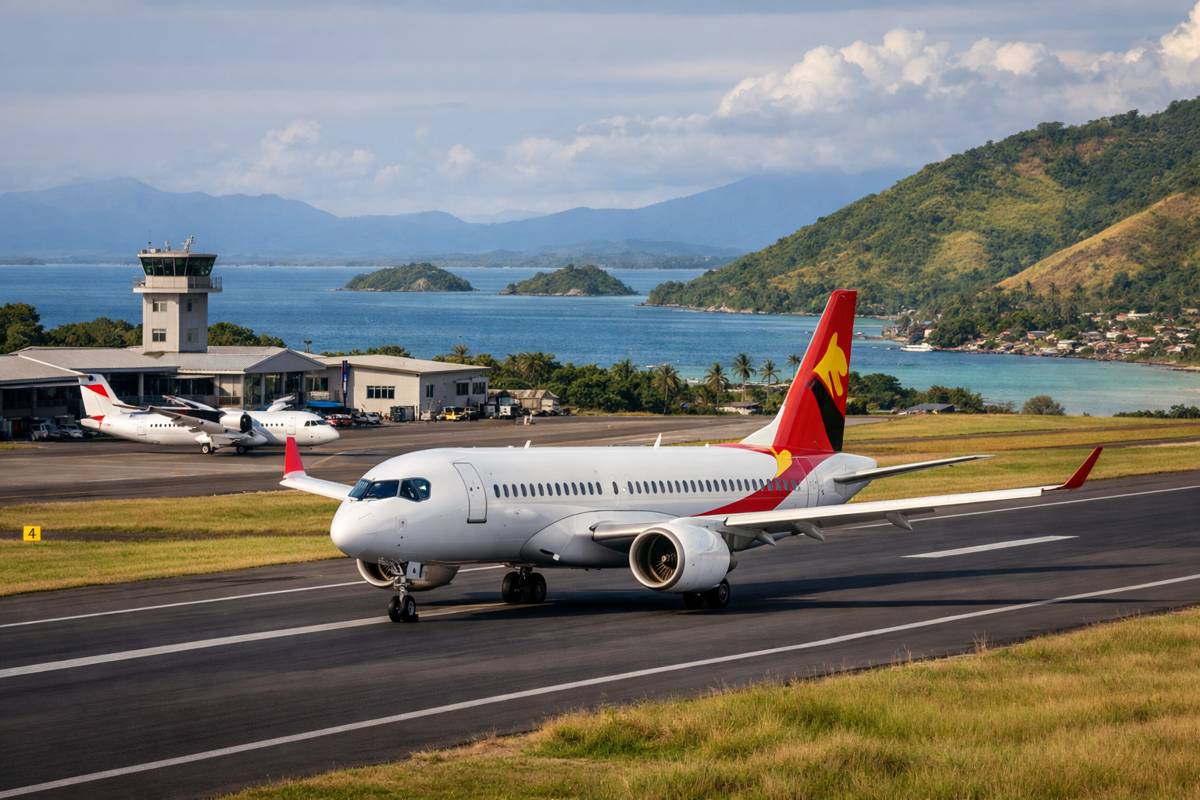ADB Boosts Delhi-Meerut Rapid Transit Revolution with $299m Finance
The Asian Development Bank (ADB) has approved a $299 million loan to help complete India’s pioneering Delhi-Meerut Regional Rapid Transit System (RRTS), pushing the total ADB contribution to an impressive $1.05 billion.
This final tranche of project finance marks the conclusion of a multi-phase funding programme launched in 2020, supporting an 82-kilometre high-speed commuter rail line designed to slash travel times between Delhi and Meerut from over three hours to just one.
The Delhi-Meerut RRTS isn’t merely a transport project. It’s a bold reimagining of how India’s capital region moves, breathes, and grows. As of August 2025, more than two-thirds of the line, roughly 55 kilometres, is operational, linking 11 major stations between New Ashok Nagar in Delhi and Meerut South. When fully complete, it’s expected to eliminate over 258,000 tonnes of carbon emissions annually while catalysing new waves of urban development throughout the corridor.
A Lifeline for the National Capital Region
The National Capital Region (NCR), home to over 46 million residents, has long grappled with gridlocked highways and choking smog. Every day, tens of thousands make the exhausting trek between Delhi and satellite cities such as Ghaziabad and Meerut, journeys that can stretch for hours thanks to traffic jams and inadequate public transport.
By introducing a high-speed, energy-efficient alternative, the RRTS aims to transform how people live and work in the region. The system will enable daily commuters to travel faster and cleaner, helping cut private car use and easing pressure on Delhi’s already overburdened road network.
ADB Country Director for India, Mio Oka, summed up the significance of the project: “The Delhi-Meerut RRTS marks a transformative step in India’s urban transport landscape. It not only enhances mobility but also promotes inclusive growth, environmental sustainability, and is expected to serve as a model for future regional rapid transit systems across India and the Asia-Pacific region.”
Speed, Safety and Sustainability
Designed for speeds of up to 180 kilometres per hour, the RRTS will operate trains every 5-10 minutes, ensuring a reliable, high-capacity commuter service. ADB’s funding has also supported the adoption of advanced construction practices, including Building Information Modelling (BIM) to streamline design and coordination, resilience planning to mitigate environmental risks, and value capture financing mechanisms to ensure long-term financial sustainability.
The project’s state-of-the-art stations, modern rolling stock, and integration with local metro lines will create a seamless passenger experience. Its emphasis on sustainability is equally impressive, the system is expected to save millions of litres of fuel annually while cutting congestion-related emissions.
Global Collaboration Fuelling Local Impact
ADB’s support is part of a wider financing framework involving several international partners. The Asian Infrastructure Investment Bank (AIIB) and the Japan Fund for Prosperous and Resilient Asia and the Pacific have both provided complementary funding and technical support. Together, these institutions are helping India’s Ministry of Housing and Urban Affairs and the National Capital Region Transport Corporation (NCRTC) deliver one of South Asia’s most ambitious urban mobility projects.
This collaboration highlights how multilateral financing can accelerate transformative infrastructure. The project aligns with ADB’s broader strategy to promote sustainable, inclusive, and resilient urbanisation across Asia.
Encouraging Polycentric Growth
Urban planners see the RRTS as a catalyst for “polycentric development”, a strategy that encourages multiple urban hubs to flourish rather than concentrating economic activity in Delhi’s overcrowded centre. The new corridor will make it easier for people to live in Meerut or Ghaziabad while working or studying in Delhi, stimulating growth in housing, services, and industry across the entire region.
This kind of regional rebalancing could help address some of India’s most pressing urban challenges. By distributing population and economic activity more evenly, cities can become more liveable, sustainable, and resilient.
A Model for Asia’s Emerging Megacities
India’s RRTS initiative is part of a larger vision to establish high-speed regional corridors that knit together the economic fabric of its major metropolitan areas. The Delhi-Meerut line is the first of three planned corridors under the National Capital Region Transport Plan, with future lines connecting Delhi to Alwar and Panipat.
If successful, the RRTS model could inspire similar developments across Asia, where urban sprawl, air pollution, and over-reliance on private vehicles continue to plague fast-growing cities. Countries like Indonesia, Vietnam, and the Philippines are already exploring rapid transit options to tackle comparable mobility and environmental challenges.
ADB’s continued investment in such projects reinforces its long-term commitment to sustainable infrastructure development. Since 2010, the bank has funded dozens of major transport initiatives across Asia, from metro systems in Bangladesh and the Philippines to green bus networks in China and Sri Lanka.
Driving Broader Change
The Delhi-Meerut RRTS is not just about connecting cities; it’s about connecting opportunities. By improving access to jobs, education, and essential services, the system is set to uplift millions of lives. It’s also expected to create thousands of construction and operational jobs, boosting the regional economy and enhancing India’s credentials as a leader in sustainable infrastructure.
Furthermore, the project embodies India’s commitment to achieving its climate goals under the Paris Agreement. By promoting low-carbon transport, it supports the country’s broader transition towards cleaner energy and reduced dependency on fossil fuels.
Building the Future of Indian Infrastructure
The RRTS is a glimpse into what India’s future urban mobility might look like, efficient, interconnected, and environmentally conscious. As the network expands, it could set a new standard for public transportation, not just in India but across the entire region.
Projects like this show how collaboration between international financial institutions and national governments can accelerate the shift towards sustainable, technology-driven infrastructure. With its success, India may well lead the next wave of rapid transit innovation in Asia.
Vision and Purpose
As construction nears completion and full operation looms, the Delhi-Meerut RRTS stands as a shining example of what modern infrastructure can achieve when vision meets investment. It’s a symbol of India’s ambition to build cities that move efficiently, breathe easier, and grow sustainably.
The real victory, though, lies not just in faster travel times but in reshaping how India thinks about mobility and development. With ADB’s continued support, this project could very well pave the way for a greener, more connected future, one high-speed train at a time.
